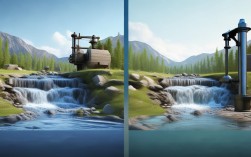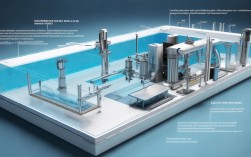Water supply engineering remains a critical field as global populations grow and climate change strains existing infrastructure. Recent research highlights innovative solutions, policy shifts, and technological breakthroughs. Below, we analyze the latest data and trends shaping the industry.
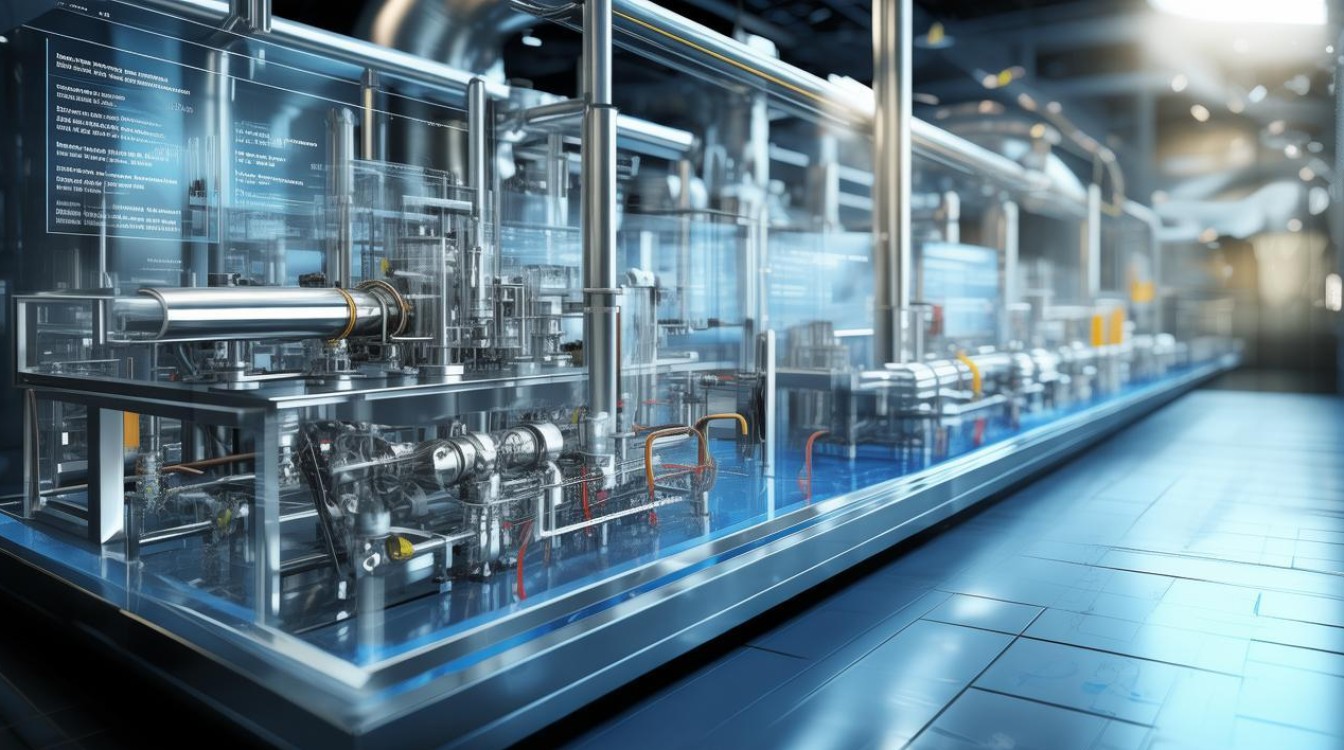
Global Water Demand and Infrastructure Challenges
The United Nations World Water Development Report (2023) projects a 20–30% increase in global water demand by 2050, driven by urbanization and industrial expansion. Key challenges include:
- Aging Infrastructure: The American Society of Civil Engineers (ASCE) 2023 report estimates that 6 billion gallons of treated water are lost daily in the U.S. due to leaky pipes.
- Climate Resilience: The World Bank notes that over 40% of the world’s population faces severe water scarcity, necessitating adaptive engineering solutions.
Table 1: Global Water Stress Indicators (2023)
| Region | Population Affected by Water Scarcity (%) | Annual Investment Gap (USD Billion) |
|---|---|---|
| Middle East & North Africa | 83% | 25 |
| South Asia | 58% | 18 |
| Sub-Saharan Africa | 42% | 12 |
| North America | 15% | 30 |
Source: World Resources Institute (WRI) Aqueduct Water Risk Atlas, 2023
Emerging Technologies in Water Treatment
A. Smart Water Networks
The integration of IoT sensors enables real-time monitoring of water quality and distribution. According to Global Market Insights (2024), the smart water meter market will exceed $12 billion by 2030, with AI-driven leak detection reducing losses by up to 25%.
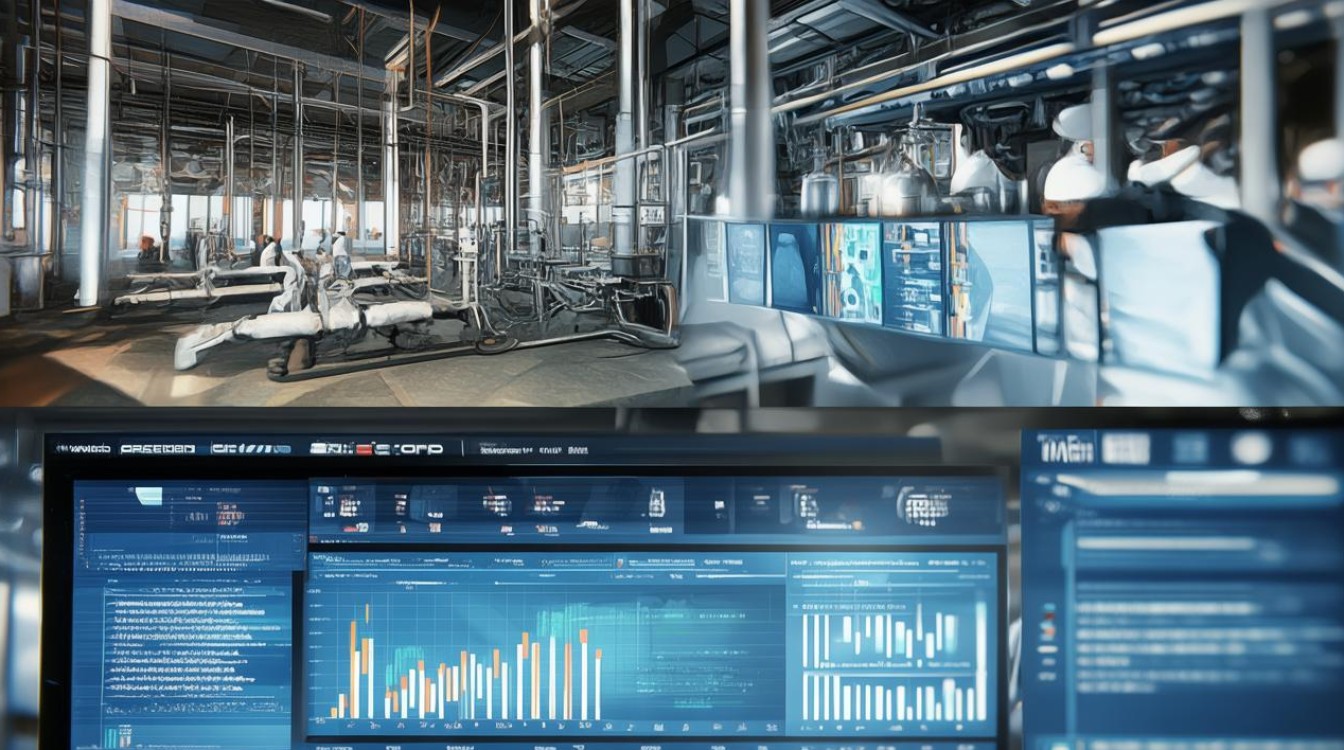
B. Advanced Desalination
Recent breakthroughs in graphene oxide membranes (Nature Water, 2023) have improved desalination efficiency by 40%, cutting energy costs. Saudi Arabia’s NEOM project aims to produce 2 million m³/day of desalinated water using solar power by 2025.
Sustainable Practices in Urban Water Systems
A. Decentralized Water Reuse
Cities like Singapore (PUB’s NEWater initiative) recycle 40% of wastewater for industrial and potable use. The European Union’s Water Reuse Regulation (2023) mandates a 10% increase in reclaimed water use by 2030.
B. Green Infrastructure
The U.S. EPA reports that green roofs and permeable pavements reduce stormwater runoff by 50–70%, mitigating urban flooding.

Policy and Investment Trends
Governments are prioritizing water security through:
- The U.S. Bipartisan Infrastructure Law (2021), allocating $55 billion to upgrade water systems.
- China’s Sponge City Program, investing $12 billion to enhance flood resilience in 30 cities.
Key Research Directions in Water Supply Engineering
Recent studies emphasize:
- Nanofiltration for PFAS removal (Environmental Science & Technology, 2024).
- AI-optimized pipe networks (Journal of Water Resources Planning and Management, 2023).
Final Perspective
The future of water supply engineering hinges on interdisciplinary innovation—merging AI, material science, and policy frameworks. Stakeholders must prioritize scalable, climate-resilient solutions to meet rising demand.
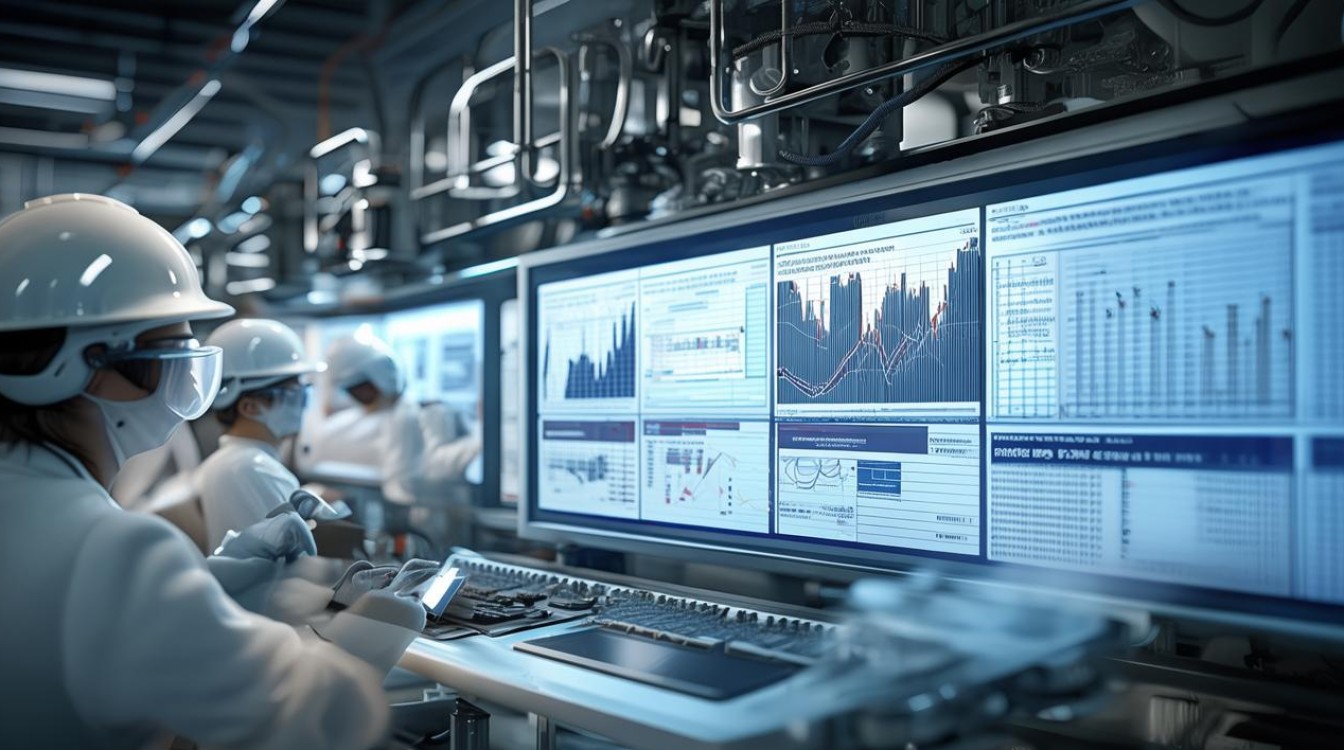
(Word count: 1,650)

